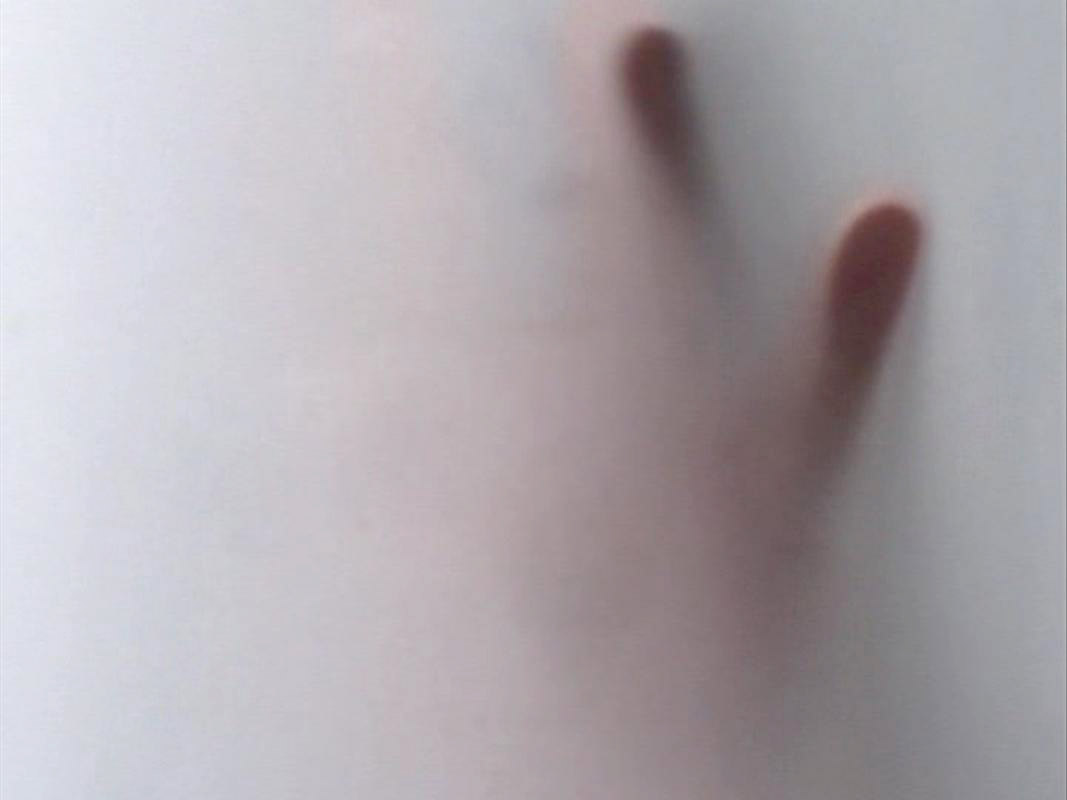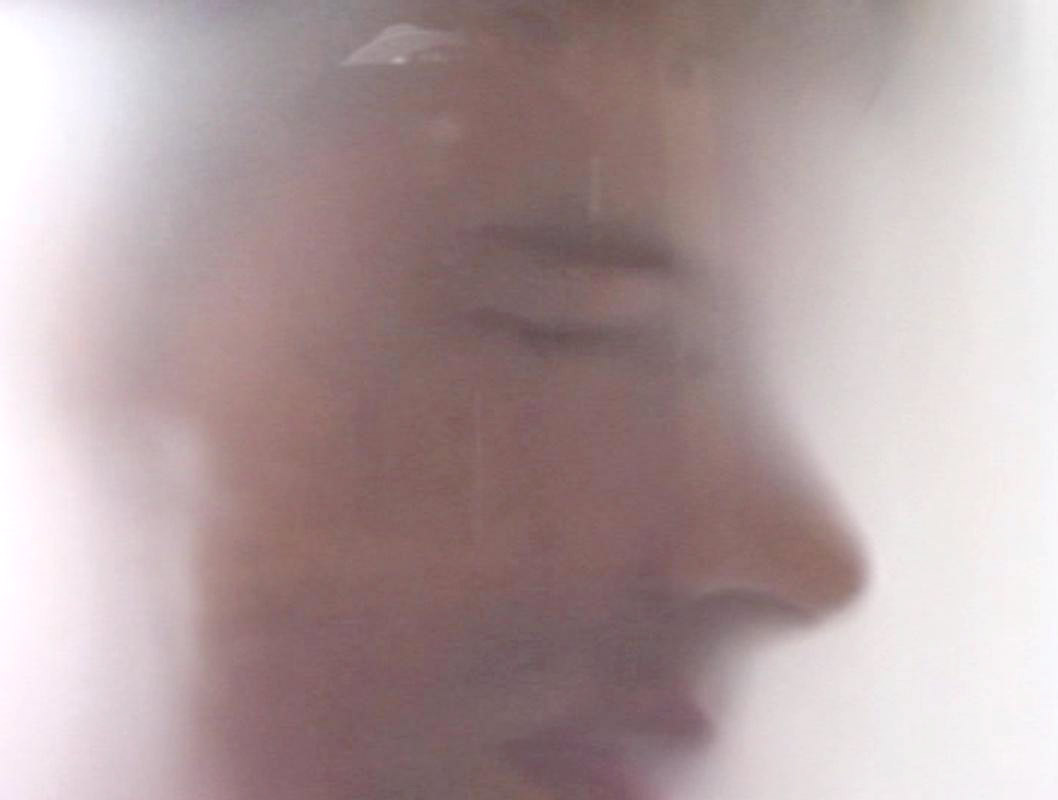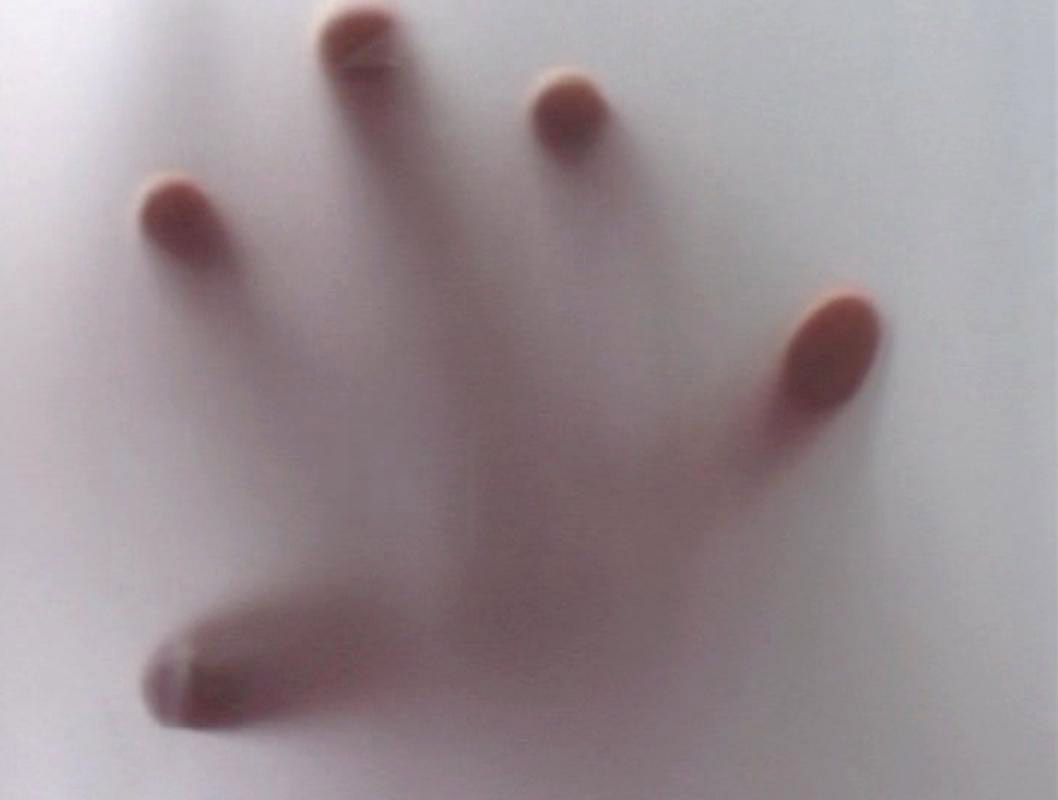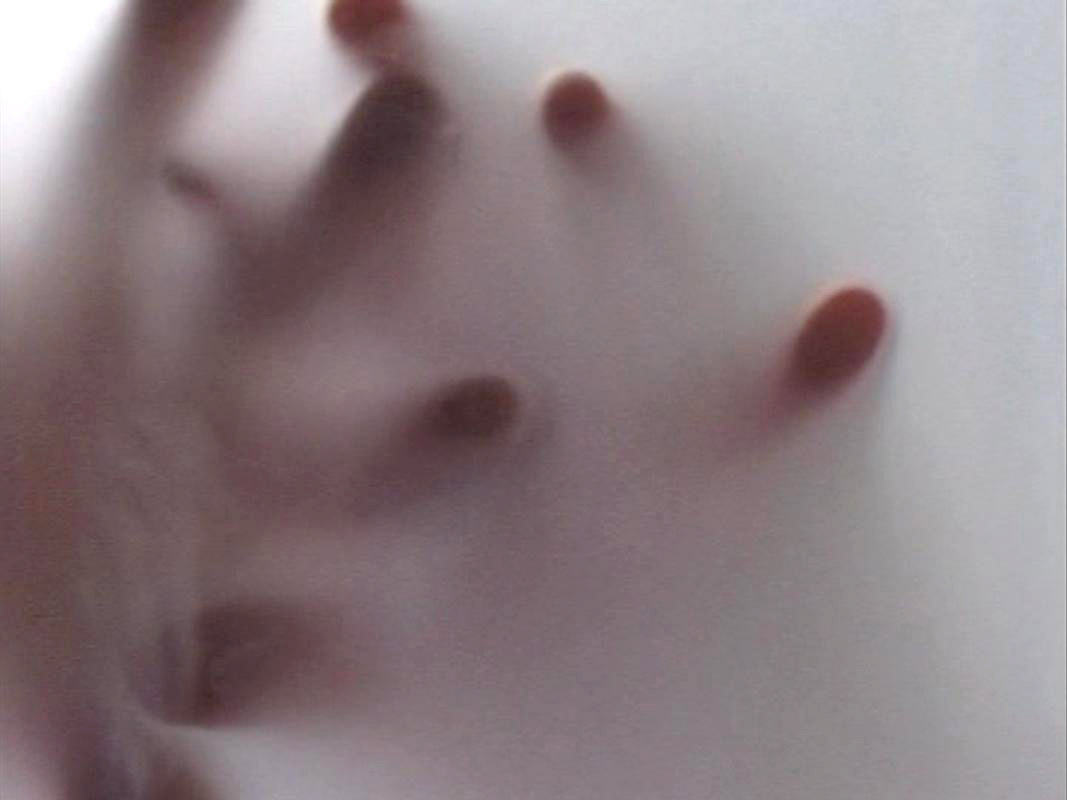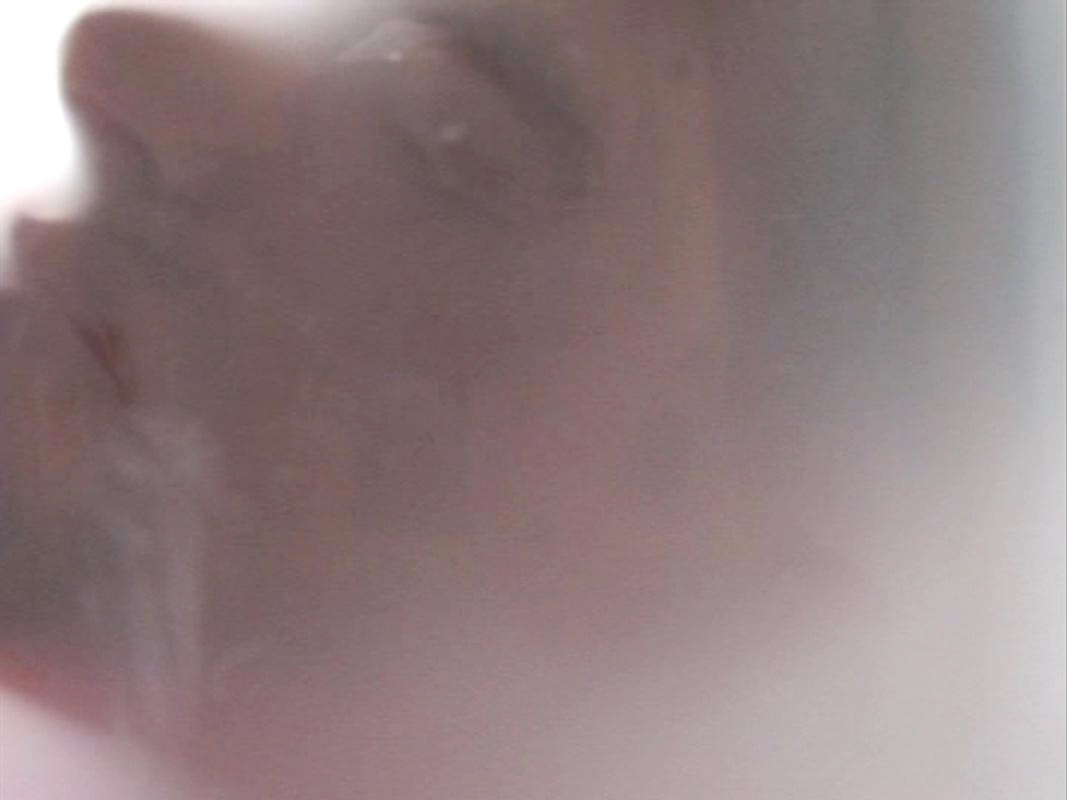The artists that I researched tend to say that experiencing the world becomes a mode of seeing, which provides them with the perception of seeing beauty around them, or as Mondrian (Mondrian, Holtzman, & James, 1993: 15) defines it, ‘…a monument of Beauty…’ Hartal (![]()
![]() para. 37) goes even further, suggesting that ‘We have the historical evidence that humans even under the most dreadful conditions are capable of retaining their lofty spirit and inner dignity’. The ability to see the lofty and the beautiful in life can be argued as an ever present faculty within the artist. This ‘sense of beauty’, as I call it, suggests that the artist’s visual perception does not rely on what the artist sees from the outside but rather relies on his or her inner spirit. The artist looks at the world, but renders the images with the beauty that he sees inside. Emotion and visual perception are united, in what I would like to call the ‘emotiovisual’ faculty of artists.
para. 37) goes even further, suggesting that ‘We have the historical evidence that humans even under the most dreadful conditions are capable of retaining their lofty spirit and inner dignity’. The ability to see the lofty and the beautiful in life can be argued as an ever present faculty within the artist. This ‘sense of beauty’, as I call it, suggests that the artist’s visual perception does not rely on what the artist sees from the outside but rather relies on his or her inner spirit. The artist looks at the world, but renders the images with the beauty that he sees inside. Emotion and visual perception are united, in what I would like to call the ‘emotiovisual’ faculty of artists.
I have noticed the creative power of the emotiovisual faculty during the making of the short film Whispers in the Dark (2006; ![]() ). The film portrays the unfortunate event of a war which affected my family. Through the emotiovisual faculty I have edited images and wrote poetry that identified with both sides of the conflict, and helped to elevate pain through what I attempted to be a positive outlook through human disasters (fig. 43).
). The film portrays the unfortunate event of a war which affected my family. Through the emotiovisual faculty I have edited images and wrote poetry that identified with both sides of the conflict, and helped to elevate pain through what I attempted to be a positive outlook through human disasters (fig. 43).
[awaiting permission to upload image]
Figure 43: Still image from the film Whispers in the Dark (2006). Image © AP Photo/Ariel Schalit.
Through the emotiovisual faculty I could deal with observed pain not by debasing it (which brings more condemnation and thus more pain) but rather by an act of seeing and bringing out the beauty. As one feedback on the film asserts, ‘The film offers a… perspective on ways of living together in peace without denying the aggression and loss of life that has occurred’ (![]() ). To borrow from this description, I would say that one can condemn the fire for burning a forest, yet one may also observe the power of the trees to restore themselves and grow once again after the fire.
). To borrow from this description, I would say that one can condemn the fire for burning a forest, yet one may also observe the power of the trees to restore themselves and grow once again after the fire.
While I have used images from the conflict I also attempted to introduce the image of light, or reconciliation, symbolised by a milky white screen, and an individual trying to penetrate through the light; trying to break through the screen glass and bring light to the audience (figs. 44-48).
Video artist Bill Viola has created the work Ocean Without a Shore (2007) where individuals are slowly approaching out of darkness and moving towards the light (fig. 49-50). Light, Viola (n.d.) asserts, serves as a threshold one needs to pass in order to be materialised into this life.
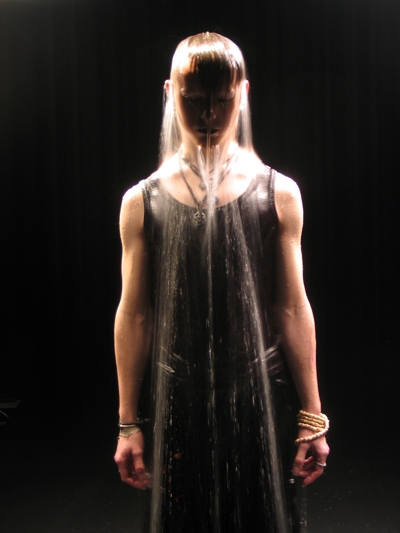
Figure 49: Bill Viola, Ocean Without a Shore, 2007, High Definition video triptych, two 65” plasma screens, one 103” screen mounted vertically, six loudspeakers (three pairs stereo sound). Room dimensions variable, Production still (performer Blake Viola). Photo: Kira Perov. Image obtained from Bill Viola Studio. Permission to use image obtained from Bill Viola Studio.
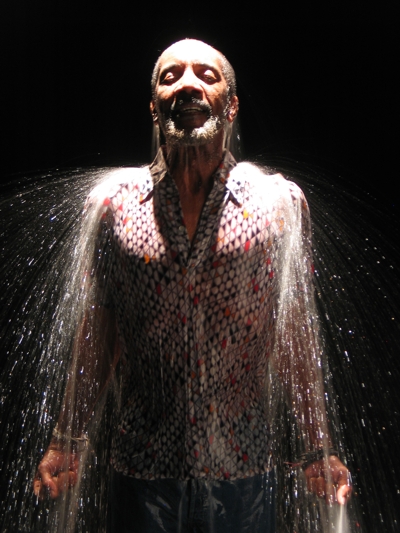
Figure 50: Bill Viola, Ocean Without a Shore, 2007, High Definition video triptych, two 65” plasma screens, one 103” screen mounted vertically, six loudspeakers (three pairs stereo sound). Room dimensions variable, Production still (performer Darrow Igus). Photo: Kira Perov. Image obtained from Bill Viola Studio. Permission to use image obtained from Bill Viola Studio.
In both my work and in Viola’s, light is seen as a material, an image with sustainability. This is a good example for the way in which artists approach images. Artists seem to relate to image as an object to itself. Image seems to hold a denotative aspect, describing the thing, as well as a connotative aspect, describing something additional. Artist Michael Snow’s work Authorization (1969; fig. 51) seems to epitomises this idea with an image within an image.
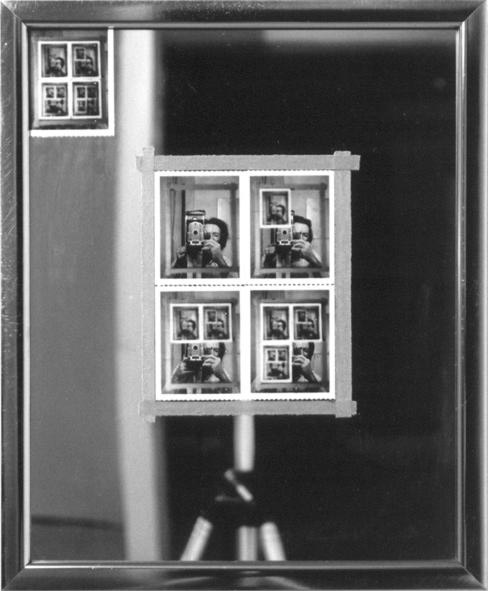
Figure 51: Michael Snow, Authorization (1969, black and white polaroid photographs, adhesive cloth tape, metal frame, mirror, 54.5 x 44.5 cm.) Collection of the National Gallery of Canada, Ottawa, Canada. Image © the artist. Permission to reproduce and upload the image online obtained from the artist.
By choosing the title Authorization, and showing himself as part of the image while taking the image, it seems that Snow emphasizes the notion that image, as seen through the eyes of the artist, is under the authority of the artist, as if created by the artist himself.
Words and images are tools through which artists make an initial registration to give meanings to their emotions. With the act of identification, the emotiovisual faculty provides artists an experience of both feeling and seeing the world through new eyes, as well as observing it and making sense of it through reflection.
